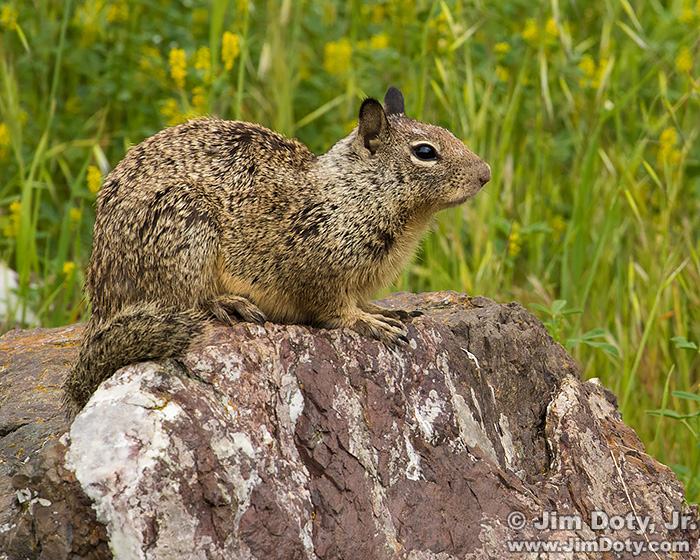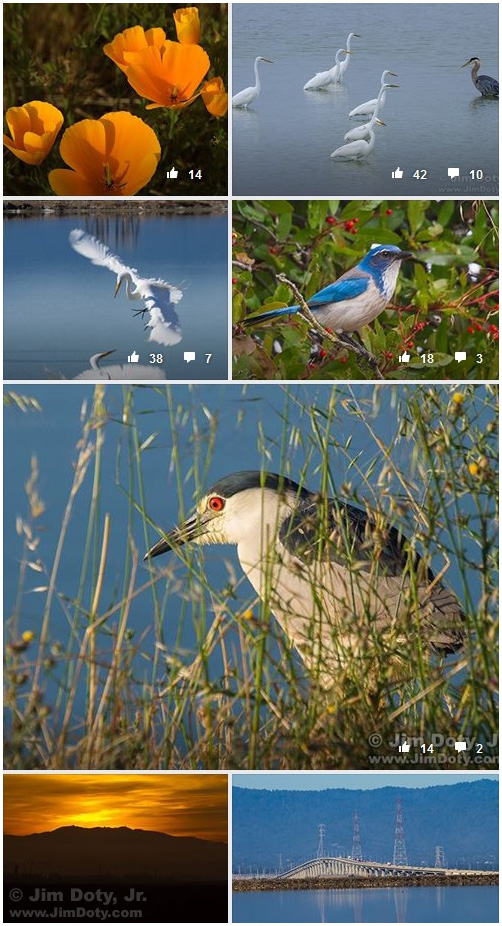To most wildlife, humans on foot look like predators. Cars do not. Staying in your car and driving through a photo rich environment is the start of great plan, but there are some other things you need to do for this plan to work.
While you can get much closer to most wildlife in a car than you could ever get on foot, wildlife are still easy to spook while you are in a car. So follow these tips.
Drive slow. There are two reason for this. One is so you don’t miss spotting the wildlife. The other is not to scare the wildlife off. If you are driving quickly and slow down quickly, the wildlife will quickly leave. Just like being on foot, or crawling on your belly, a slow approach in your car works best.
Keep the radio off. Noise can spook wildlife.
Keep the car windows down. The simple act of rolling the window down while you are near the wildlife can scare them off.
Don’t move a lot in side the car. A lot of motion inside the car can send wildlife heading for the hills.
Have your camera and lens on the seat beside you ready to go. Getting your camera and lens out of the camera bag can be just enough motion to spook the wildlife.
When you have pulled up as close the the animal as you think you can get, turn the car motor off. The vibrations from the engine can blur your images.
Don’t be in a hurry to grab your camera. Resist the temptation. Don’t move for a while. Let the critter calm down. Talk to the animal if you think it will help (see the next point). Then slowly pick up your camera and lens.
Talk to the animal in a low, soft, slow voice. I know this sounds crazy but I learned this from Dewitt Jones, the world class National Geographic photographer. Predators are silent, talking helps removes you from the predator class. Sometimes talking works and sometimes not.
The more you do this the better will you get. You will develop your sensitivity to the wildlife and be better able to sense when to move and when not to move.
Sometimes things work and sometimes they don’t. No matter how good you get, things won’t always go like you want.
I was at the Don Edwards San Francisco Bay National Wildlife Refuge in Fremont California. It had been cold and rainy most of the morning with no wildlife photo opportunities. The was a brief lull in the rain and I was driving along Marshland Road at my usual “looking speed” of 10 miles per hour. I spotted this California Ground Squirrel sitting on a boulder and surveying the scene. I did all the right things and this particular squirrel was not very skittish, or so it seemed.
In technical terms, it was cloudy so I need an ISO of 400 to get a decent shutter speed of 1/320 second. An aperture of f/11 gave me a little extra depth of field for exposure insurance.
My photo op ended sooner than I would have hoped. A school bus pulled up into a parking lot about 100 yards from my location and as the children came pouring out the squirrel made a hasty exit. The squirrel was fine with me, but not with the running yelling, happy children.
The Don Edwards San Francisco Bay National Wildlife Refuge, located south and east of the Dumbarton Bridge, is a great place to photograph wildlife, especially shorebirds along Marshland Road. It is also a great place for hiking. Link below.
Photo Data: Canon 7D Mark II. Canon EF 70-300mm f4-5.6L lens at 300mm. f/11, 1/320 sec, ISO 400. Handheld image with the lens resting on the window ledge of the car door.
Links
The Best “How To” Nature Photography Books
Don Edwards San Francisco Bay National Wildlife Refuge – the official site


